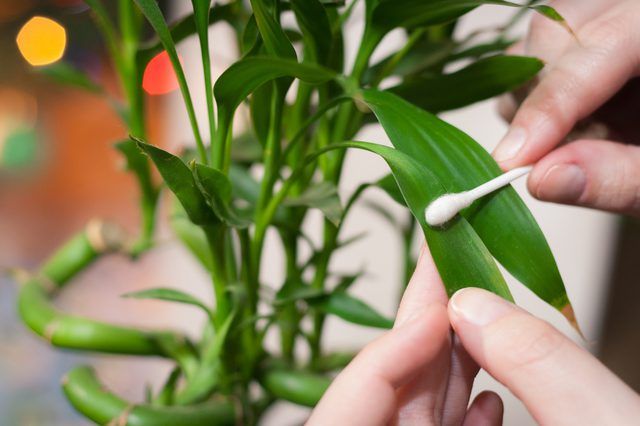Bulbs
Flower Basics
Flower Beds & Specialty Gardens
Flower Garden
Garden Furniture
Garden Gnomes
Garden Seeds
Garden Sheds
Garden Statues
Garden Tools & Supplies
Gardening Basics
Green & Organic
Groundcovers & Vines
Growing Annuals
Growing Basil
Growing Beans
Growing Berries
Growing Blueberries
Growing Cactus
Growing Corn
Growing Cotton
Growing Edibles
Growing Flowers
Growing Garlic
Growing Grapes
Growing Grass
Growing Herbs
Growing Jasmine
Growing Mint
Growing Mushrooms
Orchids
Growing Peanuts
Growing Perennials
Growing Plants
Growing Rosemary
Growing Roses
Growing Strawberries
Growing Sunflowers
Growing Thyme
Growing Tomatoes
Growing Tulips
Growing Vegetables
Herb Basics
Herb Garden
Indoor Growing
Landscaping Basics
Landscaping Patios
Landscaping Plants
Landscaping Shrubs
Landscaping Trees
Landscaping Walks & Pathways
Lawn Basics
Lawn Maintenance
Lawn Mowers
Lawn Ornaments
Lawn Planting
Lawn Tools
Outdoor Growing
Overall Landscape Planning
Pests, Weeds & Problems
Plant Basics
Rock Garden
Rose Garden
Shrubs
Soil
Specialty Gardens
Trees
Vegetable Garden
Yard Maintenance
How to Care For Bamboo Plant
How to Care For Bamboo Plant. Bamboos are large grasses that seldom flower in cultivation. Tall-growing species make good screens, hedges, specimens and barriers. Smaller kinds are suitable for container or patio growing. Mostly native to Asia and South America, over 1,500 species of bamboo exist, including many different genera. Plants have two...
Bamboos are large grasses that seldom flower in cultivation. Tall-growing species make good screens, hedges, specimens and barriers. Smaller kinds are suitable for container or patio growing. Mostly native to Asia and South America, over 1,500 species of bamboo exist, including many different genera. Plants have two types of growth: running and clumping. Cold-hardier bamboos tend to have running growth, with invasive root systems similar to their relatives, the turfgrasses. Clumping bamboos aren't invasive.
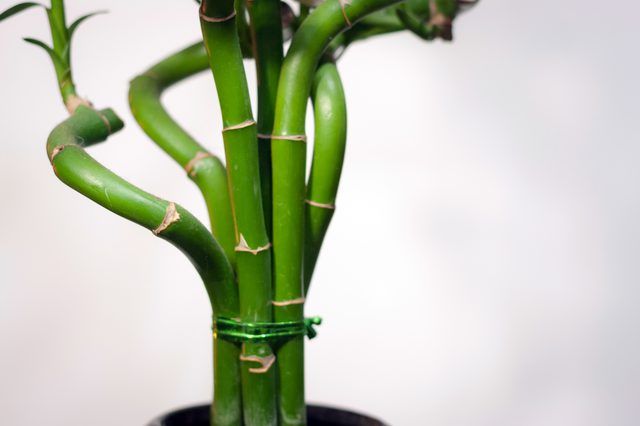
Bamboos prefer moist -- but not waterlogged -- conditions. During summer, water landscaping bamboos about twice a week, watering more frequently in hot or windy weather, when young plants might need daily watering. Water thoroughly when the top 1 to 2 inches of soil is dry. Provide well-draining soil so you can water frequently without the soil staying soggy or flooded. During the spring when bamboo sends up new shoots, ample watering is especially important. Bamboos in containers have little soil to hold water compared to landscaping plants, so they need more frequent watering. When the top inch of soil is dry, water thoroughly so water comes out the drainage holes. During summer weather, water pots about every other day, though more frequent watering may be needed.
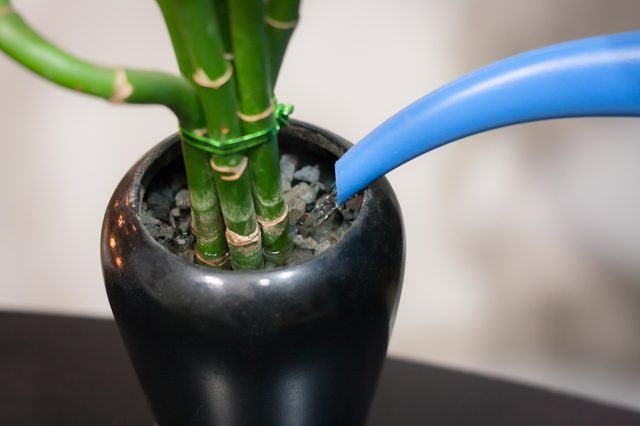
Apply a high nitrogen fertilizer to bamboos in the spring when bamboo is growing quickly. Use a product such as ammonium sulfate, 21-0-0 at the rate of 4.7 pounds per 1,000 square feet. Scatter the fertilizer evenly throughout the dripline of the plants, work it into the top layer of soil, and water it in. Use a fertilizer meant for grasses such as 12-4-8 for the rest of the growing season. Apply it at the rate of 1 ounce for each 1 gallon of water used. Soak the root zone every month during the growing season, which usually ends in late August. There's variation depending on species and location, so observe when your plants slow their growth.
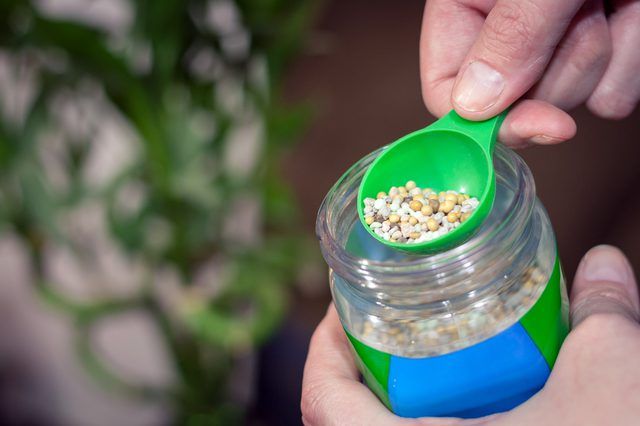
Before pruning bamboo, clean the pruning tools with a cloth soaked in rubbing alcohol to prevent disease spread. Hand pruners work for thin stems, but a lopper or a pruning saw is needed for larger-diameter bamboo stems. In spring, prune away any dead, damaged or broken stems, cutting them off at ground level. To display stem colors, remove lower foliage in late summer after shoot production is over. Snap it off close to the stem with gloved hands or cut it off as close to the stem as possible. Prune to control height or to thin the stand in late summer or fall. Make pruning cuts just above a joint in the stem.
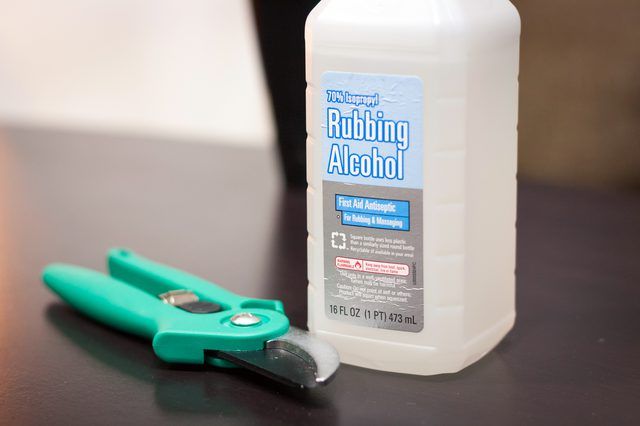
Many bamboos can withstand temperatures down to 15 or 0 degrees Fahrenheit, but others are frost-tender. In cold winter areas, raise tender species as container plants so you can move them indoors before freezing weather is predicted. Clumping bamboos are better suited for containers than running bamboos. An example is Chinese dwarf bamboo (Chimonobambusa quadrangularis), which is less than 15 feet tall. It's hardy in USDA zones 5 through 9. Running bamboos in the garden need a root barrier installed to prevent invasive root spreading. The barrier should be 30 inches deep and extend 3 inches above the ground.
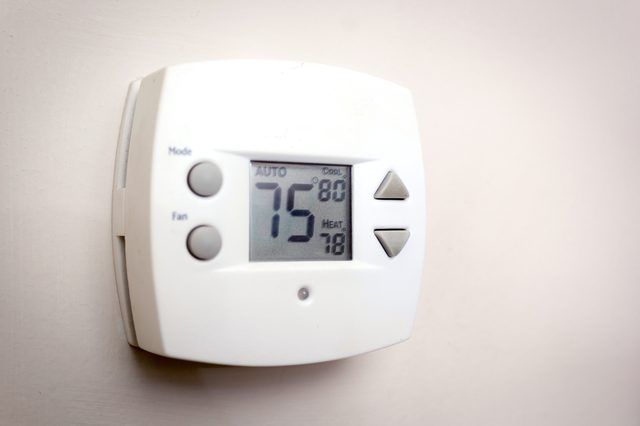
Bamboos are practically pest- and disease-free. Indoor plants are more vulnerable to possible pests such as aphids, mealybugs and scales. Be alert for the first appearance of such pests and wash them off with a strong stream of water or remove them with cotton swabs. Bamboo mites can occur, feeding under leaves. Wash them off and lessen their occurrence by keeping plants thinned and well-watered.
